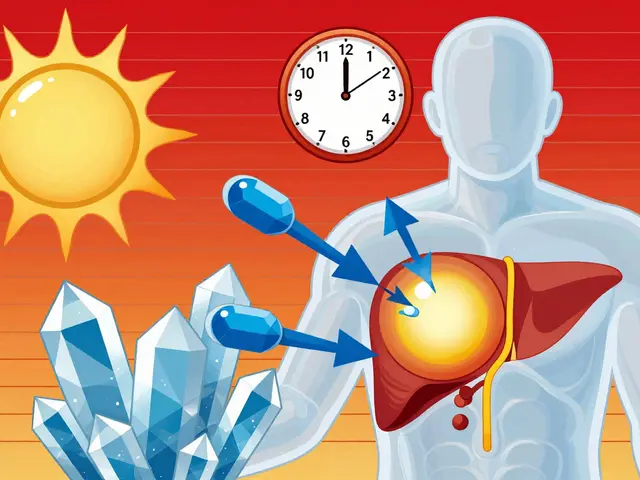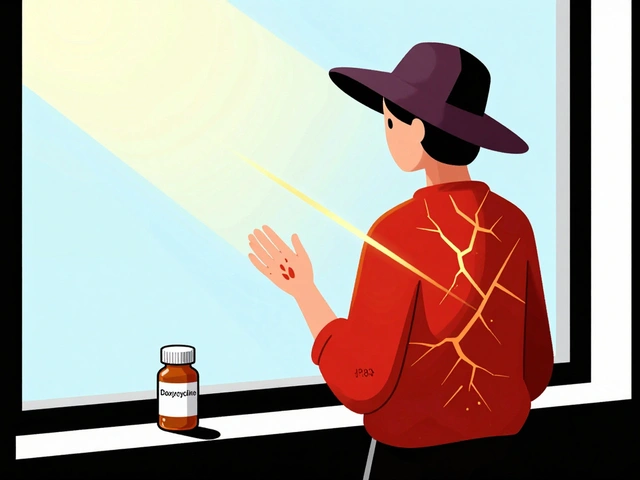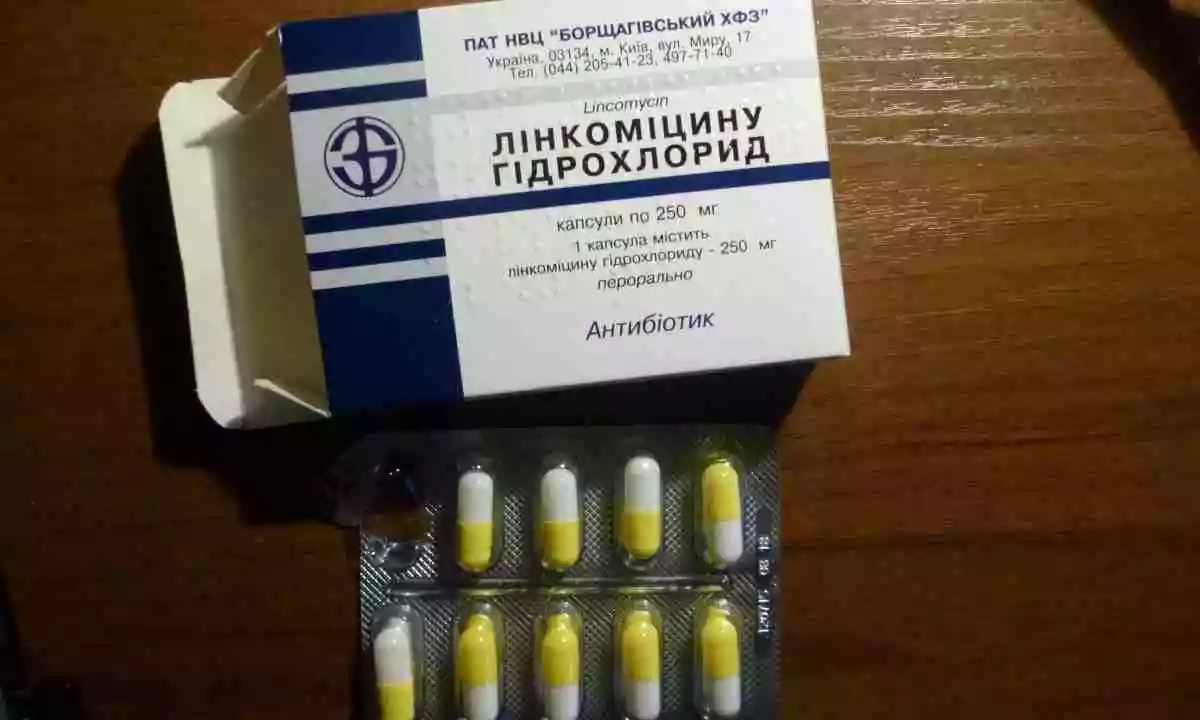Proper Dosage: How to Take the Right Amount of Medicine
If you’ve ever wondered whether a pill is too strong or not enough, you’re not alone. Getting the proper dosage isn’t rocket science, but it does need a bit of attention. The right amount makes your medicine work, cuts side effects, and keeps you feeling good.
Why the Right Dosage Matters
Every drug is designed to hit a sweet spot in your body. Too little and you won’t see any benefit; too much and you risk nasty side effects or even toxicity. Think of it like seasoning food – a pinch can brighten flavor, but a cup will ruin the dish. The same principle applies to meds.
Age, weight, kidney function, and other health conditions all shift that sweet spot. That’s why doctors use dosing charts, labs, and sometimes trial‑and‑error to land on the perfect number for you.
Practical Steps to Determine Your Dose
1. Follow the prescription label. The label already considers your doctor’s assessment. If it says “Take one tablet twice a day,” stick to that unless told otherwise.
2. Check the unit. Some meds are measured in milligrams (mg), others in micrograms (µg) or units. Mistaking mg for µg can be a thousand‑fold error, so read carefully.
3. Use the right tool. A kitchen spoon is not a dose measurer. Use the dropper, syringe, or cup that comes with the medicine. If you need a pill cutter, get one that cuts cleanly to avoid uneven pieces.
4. Adjust for weight or age when needed. Pediatric and geriatric dosing often require calculations based on body weight (mg/kg). Online calculators can help, but double‑check with your pharmacist.
5. Keep a medication log. Write down what you take, how much, and when. This simple habit catches missed doses or accidental doubles before they become a problem.
6. Ask questions. If the label says “take with food” but you’re not sure why, ask your pharmacist. Food can speed up or slow down absorption, changing how much actually reaches your bloodstream.
7. Watch for interactions. Some drugs boost each other’s effects; others block them. A sudden new prescription may mean you need to tweak the old dose. Always share a full medication list with any new doctor.
By following these steps, you’ll stay in control of your dosage and avoid common pitfalls like over‑medicating or skipping doses.
Need more specific advice? Browse our articles tagged proper dosage for real‑world examples on drugs like Tramadol, Allegra, and Ventolin alternatives. Each post breaks down the exact numbers you’ll see on a bottle and explains why they matter.
Remember, the right dose is personal. What works for your friend might not be right for you. Trust the label, trust your health professional, and keep track of what you take. That’s the simplest recipe for safe, effective medication use.
- By Percival Harrington
- /
- 16 May 2023
The Importance of Proper Dosage and Administration of Lincomycin
As a blogger, I can't stress enough the importance of proper dosage and administration of Lincomycin. This antibiotic is crucial in treating various bacterial infections, but if not taken correctly, it can lead to severe side effects or even antibiotic resistance. To ensure its effectiveness, we must follow the prescribed dosage and schedule given by our healthcare professional. Additionally, it's essential to complete the full course of treatment, even if we start feeling better. By doing so, we not only help ourselves recover but also contribute to preventing the spread of antibiotic resistance.






